Pilates and yoga have both exploded in popularity in recent years and continue to grow rapidly. In fact, more than 1 in 3 Americans have tried yoga or Pilates (or both) at least once! While both yoga and Pilates practices are low-impact, restorative exercise routines, there are some key differences in both movement and effect. Whether you are a dedicated yogi or a beginner to practice, Sheppard Method Pilates in Westwood is a great fit to incorporate the many benefits of Pilates into your daily movement routines.
Are you ready to add the benefits of a regular Pilates practice to your life? Contact the Westwood Pilates instructors at Sheppard Method Pilates to discuss how we can help you get started. Schedule your first class now!
Health Benefits of Both Pilates and Yoga
There are many similarities between both Pilates and yoga practices, and people new to either practice often don’t know where to start. In fact, many people often mix up the two! While both yoga and Pilates are popular and effective fitness forms, their approach to the mind-body connection and emphasis of movement have different purposes. Therefore, each practice yields different results. Read on to learn the key differences between Pilates and yoga!
1. Yoga and Pilates have different cultural histories
Yoga is an ancient practice traced back to India, with its origins recorded as far back as 1500-500 BCE. Though it has evolved into the modern practice we recognize today, Yoga still incorporates the main tenants of its ancient traditions as a spiritual, meditative practice.
Pilates’ origins contain inspiration from yoga and gymnastics and were invented by Joseph Pilates in the early 20th century in Germany. Pilates developed his exercise regimen to strengthen both the mind and body, focusing on core strength and using yoga as inspiration for movements. Taught initially as “body-conditioning,” dancers first popularized the practice of restorative strength training. Now, there are several variations to Joseph Pilates’ exercise regimen that we can recognize today.
2. Yoga is spirituality focused, while Pilates is movement focused
Yoga actually includes a variety of different practices. There are also many approaches to Pilates. Additionally, these small variances of each can fluctuate depending on if you are practicing at home or in the studio. Regardless of how or where you are practicing, Pilates focuses on body movements, and yoga is rooted in spiritual centeredness.
Yoga prioritizes physical postural practice while integrating meditation into movements to encourage spiritual centering and relaxation. In contrast, though the poses often overlap, Pilates prioritizes the stabilization of the core. And while you will always increase your mind-body awareness in Pilates, it is more of a traditional fitness alternative than a meditative practice.
3. Intensity of Pilates vs. Flexibility in Yoga
Pilates is not an aerobic exercise, but unless you are practicing Ashtanga yoga, Pilates focuses on strength building and can therefore work up more of a sweat than a typical yoga session. The focus on muscle movements and body awareness can involve levels of intensity with Pilates practice, aiming to lengthen and strengthen your muscles. While you will also gain stamina and strength in yoga, the purpose of the meditative yogic poses is to enhance flexibility. The purpose of the small, intense movements in Pilates instead aims to build strength and stamina. However, you will gain both strength and flexibility in varying degrees with either practice.
4. Pilates and Yoga have different approaches to breathwork
Because yoga integrates a meditative aspect and Pilates focuses on strength building (especially in the core) the intentional breathwork of each practice serves different purposes. Yogic breathing works alongside the meditation aspects of practice in order to invoke spiritual centering and relaxation. Pilates instead uses the breath to correct muscle activation while performing the exercises. Breathwork in Pilates also is used to lengthen and decompress the spine which is integral to the core strengthening at the center (literally) of Pilates practice. Each method of breathing in yoga and Pilates cues the movements of each practice, while physiologically reducing stress and helping you focus.
Should you choose Pilates or Yoga in Westwood?
Overall, it is impossible to apply comparative value to Pilates and yoga, as they will each add a different sort of value to your life. The good news is you never have to choose one over the other, and many people who practice yoga also love to incorporate Pilates into their weekly fitness regimen—especially serious athletes who need to rotate restorative movement into their active rest days. Pilates and yoga complement one another well and depending on your fitness and movement goals, you can find everlasting benefits in practicing both.
Call the Westwood Pilates instructors at Sheppard Method Pilates to discuss how we can help you include Pilates in your exercise regimen and enjoy the countless scientifically-proven mental and physical health benefits. Schedule with us today!

